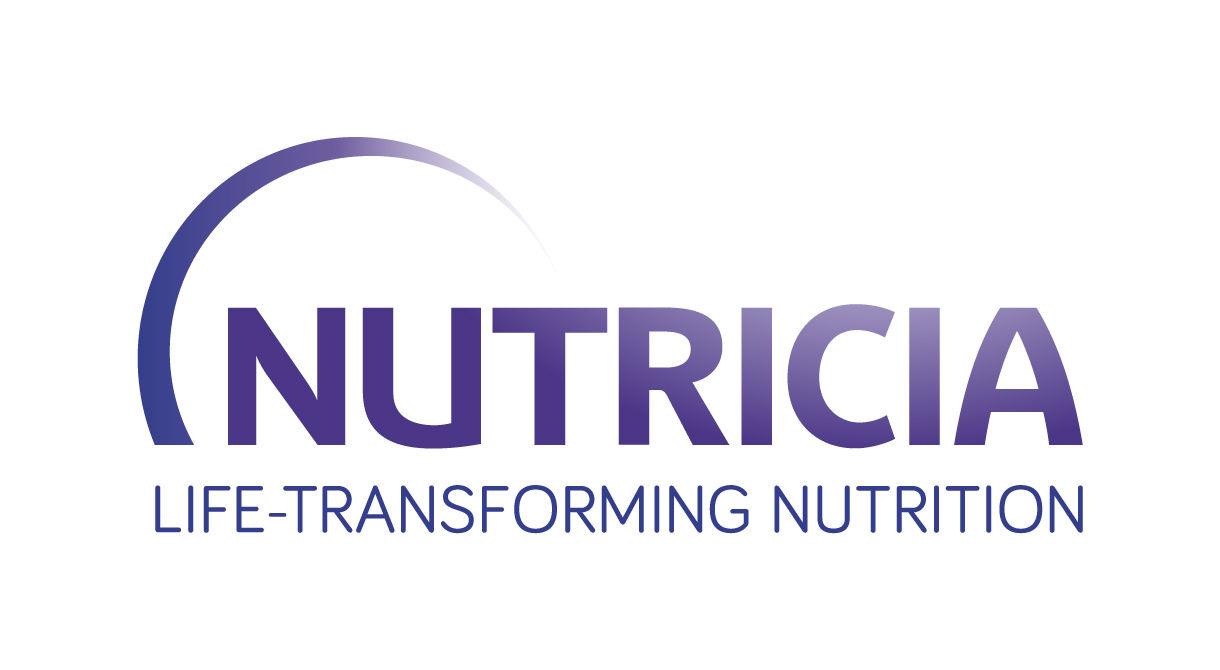Watch Dr. Mário C. Vieira, MD., speak about the prevalence of food allergies around the world, the different approaches to allergy management, the challenges families face, and his experience from his daily practice.
Allergy is on the rise
Some allergies may go unnoticed while others can be life-threatening. In particular, food allergies such as cow’s milk allergy (CMA) can be particularly challenging as symptoms can be varied and it can be difficult to identify the cause when symptoms are treated separately.
Allergy, framing the issue
With 30-40% of the world’s population living with an allergic disease1, allergy is a global health concern and go beyond the burden of symptoms. Watch the video and learn more about the rise of allergy and its consequences.
The average time to diagnosis of CMA is 12 weeks, requiring more than 4 visits to a healthcare professional before a diagnosis is determined2. During this period, the impact on infants and their carers extends beyond symptoms alone, impacting physical, psychological and financial aspects of their lives. These impacts create a strong rationale for developing effective strategies for infants at risk of and with cow’s milk allergy.
The food allergy burden goes beyond symptoms
Often we look at a disease only from a purely physical perspective. Especially food allergies are a condition that go beyond physical manifestations. It can put the whole family of an allergic child under a lot of stress and causes anxiety. See below the type of burdens families may encounter.
Physical
 Rise of future allergies, (Allergic march) [3-5]
Rise of future allergies, (Allergic march) [3-5]
Psychological
 Anxiety and stress for parent & child [6-8], Impact on quality of life [7,9]
Anxiety and stress for parent & child [6-8], Impact on quality of life [7,9]
Financial
 Increased medication use and health costs [10-13], Increased indirect costs (e.g. loss of income due to time off work) [2,14]
Increased medication use and health costs [10-13], Increased indirect costs (e.g. loss of income due to time off work) [2,14]
The impact of food allergies on patients and their families
Seba was born with a severe allergic condition, which is just one example of how parents feel when their little one is facing such an issue. But also for healthcare professionals allergy conditions can sometimes be quite challenging.
Prevalence of food allergies
Patient journey to recovery
Seba was born with a severe allergic condition. Learn more about the journey of Iris, Sebas’ mum, which is just one example of how parents feel when their little one is facing such an issue.
The role of nutrition in allergy
Watch Dr. Mário C. Vieira, MD., speak about the prevalence of food allergies around the world, the different approaches to allergy management, the challenges families face, and his experience from his daily practice.

- World Health Organization. White Book on Allergy 2011-2012 Executive Summary. By Prof. Ruby Pawankar, MD, PhD, Prof. Giorgio Walkter Canonica, MD, Prof. Stephen T. Holgate, BSc, MD, DSc, FMed Sci and Prof. Richard F. Lockey, MD.
- Ryan PH et al. Am J Respir Crit Care Med. 2009;180(11):1068–1075.
- Canani RB, et al. ISME J. 2016;10(3):742–750.
- Thompson-Chagoyan OC, et al. Pediatr Allergy Immunol. 2010;21(2p2):e394–e400.
- Candy DCA, et al. Pediatr Res. 2018;83(3):677–686.
- Quach LL, John RM. J Nurse Pract. 2018;14(6):477–483.e4.
- Vighi G, et al. Clin Exp Immunol. 2008;153(SUPPL. 1):3–6.
- West CE, et al. J Allergy Clin Immunol. 2015;135(1):3–13.
- Walker WA, et al. Pediatr Res. 2015;77(1):220–228.
- Neu J, et al. Clin Perinatol. 2011;38(2):321–331.
- Ahmadizar F, et al. Pediatr Allergy Immunol. 2017;28(5):430–437.
- Patel MM, et al. Environ Res. 2011;111(8):1222–1229.
- Ryan PH, et al. J Allergy Clin Immunol. 2005;116(2):279–284.
- Lozinsky AC, Meyer R, Anagnostou K, et al. Children (Basel). 2015;2(3):317‐329. Published 2015
Site Disclaimer:
Breastfeeding is best for babies and provides many benefits. It is important that, in preparation for and during breastfeeding, you eat a healthy, balanced diet. Combined breast and bottle feeding in the first weeks of life may reduce the supply of your own breast milk, and reversing the decision not to breastfeed is difficult. The social and financial implications of using an infant milk should be considered. Improper use of an infant milk or inappropriate foods or feeding methods may present a health hazard. If you use an infant milk, you should follow manufacturer’s instructions for use carefully – failure to follow the instructions may make your baby ill. Products suitable for CMA are foods for special medical purposes for the dietary management of cows’ milk allergy. They should only be used under medical supervision, after full consideration of the feeding options available including breastfeeding.
Important Notice:
Pepti Syneo and Neocate Syneo are food for special medical purposes and should only be used under medical supervision, after full consideration of feeding options available including breastfeeding.
Are you a healthcare professional or (carer of) a diagnosed patient?
The product information for this area of specialization is intended for healthcare professionals or (carers of) diagnosed patients only, as these products are for use under healthcare professional supervision.
Please click ‘Yes’ if you are a healthcare professional or (carer of) a diagnosed patient, or ‘No’ to be taken to a full list of our products.
The information on this page is intended for healthcare professionals only.
If you aren't a healthcare professional, you can visit the page with general information, by clicking 'I'm not a healthcare professional' below.



